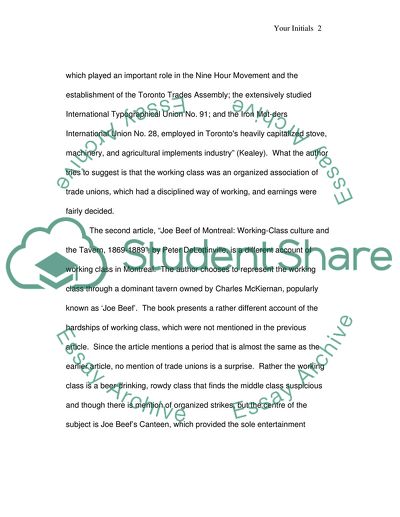Cite this document
(History of Canadian Labor Essay Example | Topics and Well Written Essays - 1187 words, n.d.)
History of Canadian Labor Essay Example | Topics and Well Written Essays - 1187 words. Retrieved from https://studentshare.org/history/1551320-history-of-canadian-labour
History of Canadian Labor Essay Example | Topics and Well Written Essays - 1187 words. Retrieved from https://studentshare.org/history/1551320-history-of-canadian-labour
(History of Canadian Labor Essay Example | Topics and Well Written Essays - 1187 Words)
History of Canadian Labor Essay Example | Topics and Well Written Essays - 1187 Words. https://studentshare.org/history/1551320-history-of-canadian-labour.
History of Canadian Labor Essay Example | Topics and Well Written Essays - 1187 Words. https://studentshare.org/history/1551320-history-of-canadian-labour.
“History of Canadian Labor Essay Example | Topics and Well Written Essays - 1187 Words”, n.d. https://studentshare.org/history/1551320-history-of-canadian-labour.


